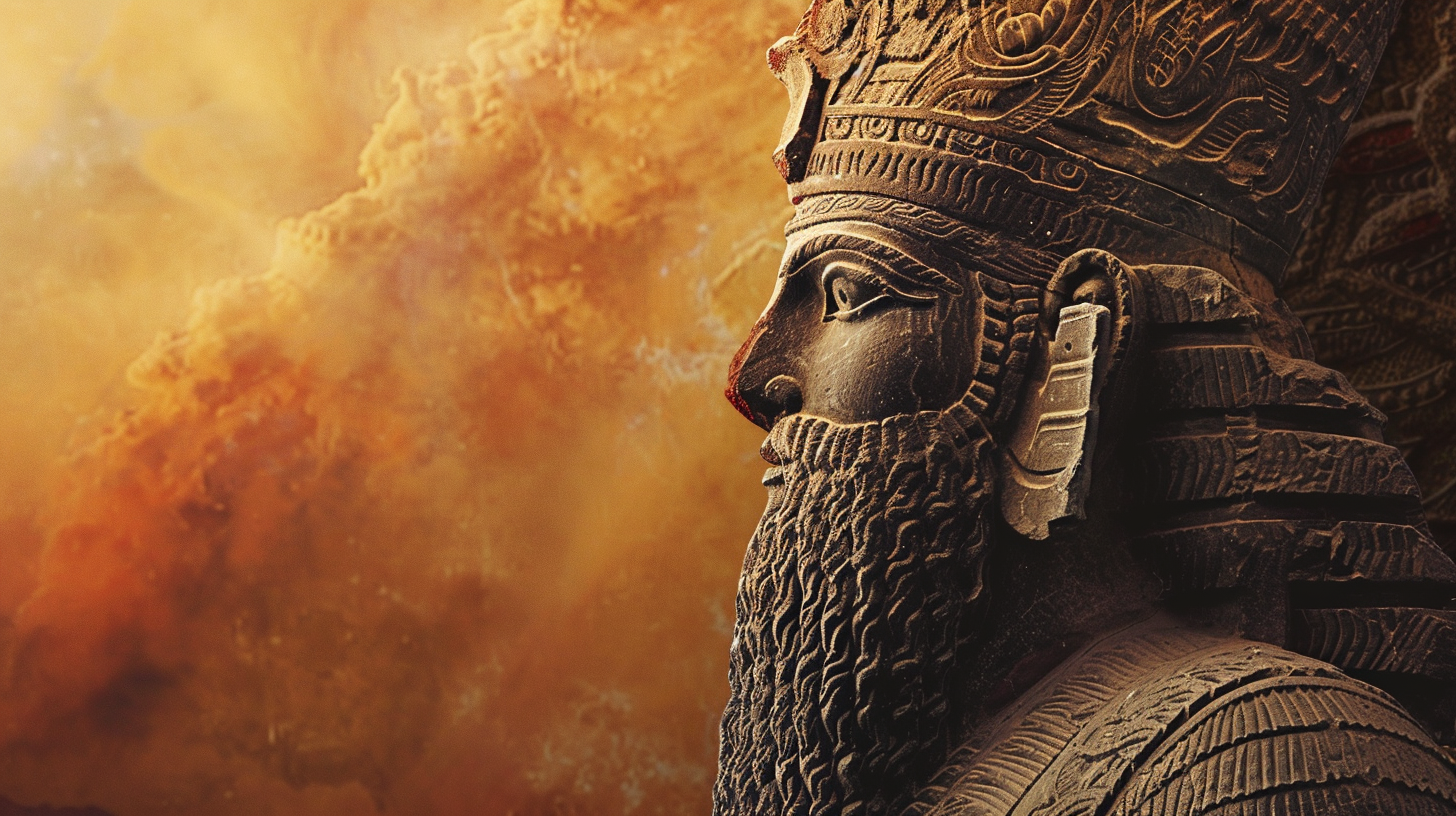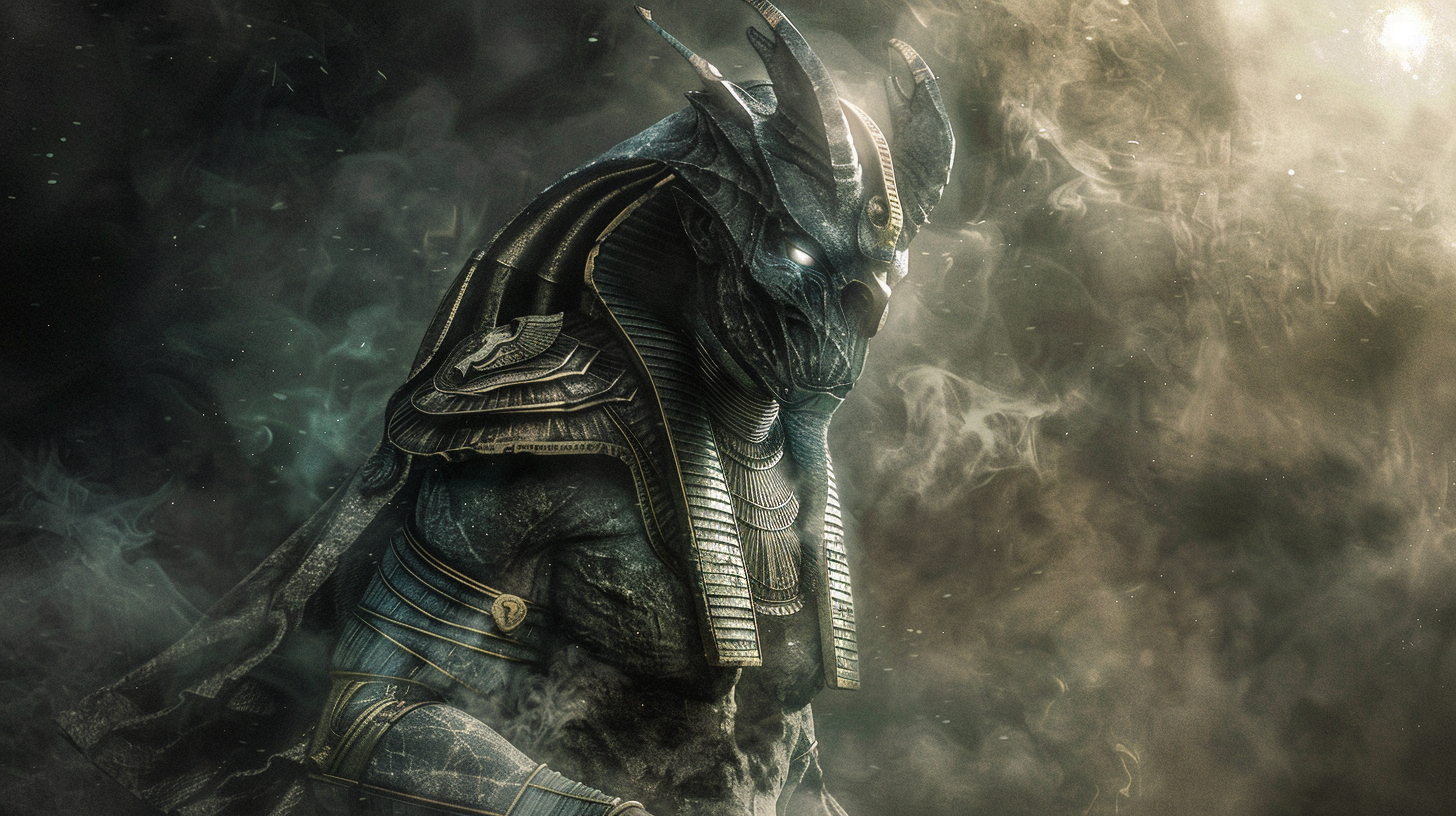The curiosity surrounding ancient civilizations and their profound impact on human history has sparked a renewed interest. The Anunnaki, an enigmatic entity from ancient times, have piqued curiosity and sparked discussions about their historical significance. Amidst connections to popular TV programs and various theories, a deep exploration reveals a rich array of historical accounts that provide intriguing insights into our past.
An intriguing expedition to comprehend the Anunnaki phenomenon without relying on sensationalism or shocking tactics leads us through eras where myths entwine with archaeological discoveries, uncovering a realm where deities and humans once coexisted.

To fully grasp the essence of the Anunnaki narrative, one must put its unfolding into perspective. Contrary to speculative assertions, its origins are rooted in ancient texts and artifacts, particularly in Zechariah Sitchin’s Earth Chronicles series. Sitchin painstakingly delved into Sumerian, Akkadian, and Babylonian sources to intricately craft a narrative that predates traditional religious scriptures.
According to Sitchin’s findings, the Anunnaki play a significant role in the dawn of humanity, with their involvement in genetic experiments and societal advancements dating back some 250,000 to 300,000 years ago. This sets the stage for exploring ancient civilizations from a new vantage point.
At the core of unraveling the Anunnaki lore lies their alleged participation in gold mining on Earth to support their distant planet, Nibiru, intertwining with Mesopotamian tales like the Epic of Gilgamesh, where immortals and semi-divine entities shape mortal destinies.
Sitchin’s chronological narrative vividly depicts the enduring impact of the Anunnaki throughout epochs, from establishing Earth bases for gold extraction to engineering primitive workers through genetic manipulation, each era unveiling intricate layers in the Anunnaki-human dynamic.

A pivotal event is the Deluge, a catastrophic flood myth echoed across ancient societies. Sitchin’s interpretations allude to Anunnaki involvement, drawing parallels with Biblical narratives of Noah’s Ark, merging myth with history to challenge mainstream interpretations of ancient scripts.
Navigating through eras marked by conflicts, alliances, and cultural interactions, the Anunnaki emerge as influential shapers of human society, from erecting ancient wonders to establishing early communities, their legacy resonating through the corridors of time.
Investigating the Anunnaki’s legacy beyond mere conjectures presents a profound opportunity to reassess our comprehension of human origins. By immersing ourselves in ancient texts and archaeological excavations, we can decipher the enigmas of our past without giving in to sensationalism.
Essentially, the Anunnaki timeline symbolizes humanity’s relentless quest for unveiling our heritage. Revealing the intricate and consequential tale hidden beneath layers of myth and legend promotes an investigative approach guided by evidence and informed speculation, as we decode the mysterious legacy of the Anunnaki.
